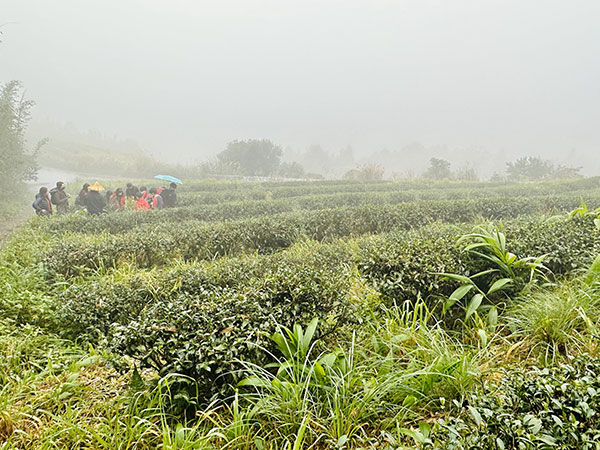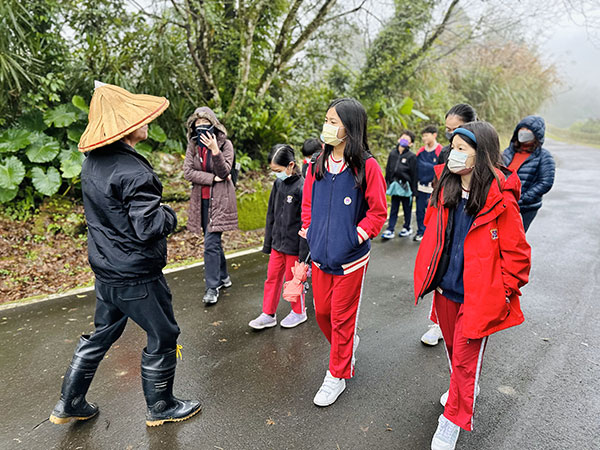Research Motive

Taiwan is an alpine island rich in a variety of species. Although the island is small, it is rich in plant and animal species, with a high degree of diversity and many endemic species. Such a wide range of ecological types in climate, topography, soil, and other environmental factors affects the distribution of plants and animals, creating Taiwan's unique ecological environment. We are fortunate to live in this land and be nurtured by those who look after us. Meanwhile, we have a responsibility to raise the next generation amid rapid changes to the environment due to human activities. Being more aware of how our world works will benefit us in learning how to care for and manage the environment in a sustainable way. Considering these things caused us to recall Sustainable Development Goals learned in our science classes.
We discovered that within the 17 SDGs, seven of them relate to biodiversity, demonstrating the importance of sustaining biodiversity. While studying the 17 SDGs, Goal 15: Life on Land caught our attention, as we had completed a project on endangered animals in Taiwan. At the end of this school project, we provided a list of actions that had been taken by various organizations and possible actions we could take to help. After reviewing the action plans listed in our project, we wondered if they all shared one general concept. We then realized that they did, and one of the concepts that some shared is called the Satoyama Initiative.

The Satoyama Initiative is a concept based on Satoyama, a rural area in Japan. The initiative was first introduced to Taiwan in 2010, and numerous researchers have identified that there exist possible regions resembling the Satoyama landscape within the outskirts of New Taipei City in the metropolitan Taipei region. With a vast amount of information on the Satoyama Initiative and its following action plans, we decided to conduct a systematic review on this initiative in a miniature scale, covering its further development, representative figures, and our reflection on our learning environment. We hope that by synthesizing the existing evidence, this systematic review can help students like us gain key concepts in our knowledge of the world and learn to balance nature and human impacts for a better world where life and growth can continue.